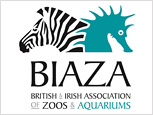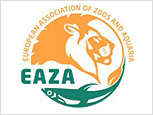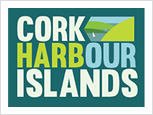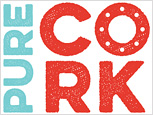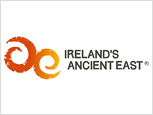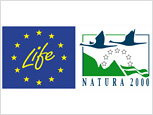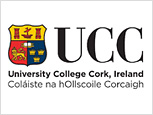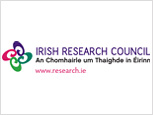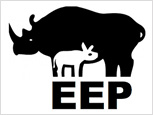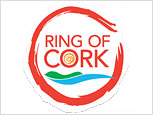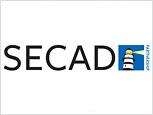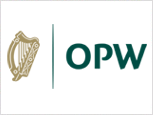According to the www.birdwatch.ie, numbers and range of the Curlew have declined substantially in recent decades. It is likely that increased afforestation and agricultural intensification are two factors which have contributed to its decline in recent decades.
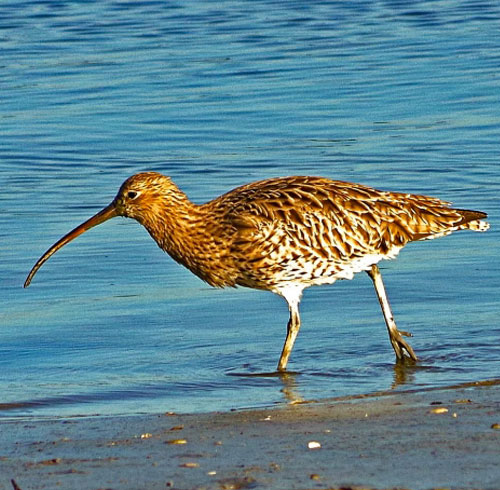
The call of the Curlew has been immortalised in the famous poem, The Seafarer, which dates back to 1,000 AD, “I take my gladness in the… sound of the Curlew instead of the laughter of men” (Wildlifetrusts.org. n.d. )
The Eurasian Curlew (Numenius arquata) is the only Irish bird on the IUCN Red List of Threatened Species (www.npws.ie, 2019). The curlew is a shorebird belonging to the genus Numenius (family Scolopacidae) and is easily recognised by its long curving bill. As Ireland’s largest wader, famous for its evocative call, the species is also distinguished by long legs, bulky greyish brown body, a long neck with dark streaking across the body. It can be confused with the smaller Whimbrel which occurs in spring and autumn. The long curved bill or beak is perfectly adapted for probing the wetlands, bogs, salt marshes and other watery terrain for its prey. The curlew feeds mostly on invertebrates, particularly ragworms, crabs and molluscs and on insects, earthworms and larvae when wintering inland.
According to the www.birdwatch.ie, numbers and range of the Curlew have declined substantially in recent decades. It is likely that increased afforestation and agricultural intensification are two factors which have contributed to its decline in recent decades.
The first national Curlew breeding survey was undertaken between 2015 and 2017 and it highlighted a serious reduction in the population of breeding Curlews nationally. A report by O ‘Donoghue et al in 2019, estimated that no more than 150 breeding pairs remained in Ireland, a decline of 69% since the 1980s. This led to the establishment of a Curlew Task Force in January 2017 as well as a Curlew Conservation Programme (CCP).
The CCP was established to pioneer Curlew conservation efforts in Ireland. It is funded and coordinated by the National Parks & Wildlife Service of the Department of Culture, Heritage & the Gaeltacht and the Department of Agriculture, Food and the Marine, with a framework that includes habitat maintenance, enhancement and creation, survey effort, nest protection and public and community engagement.
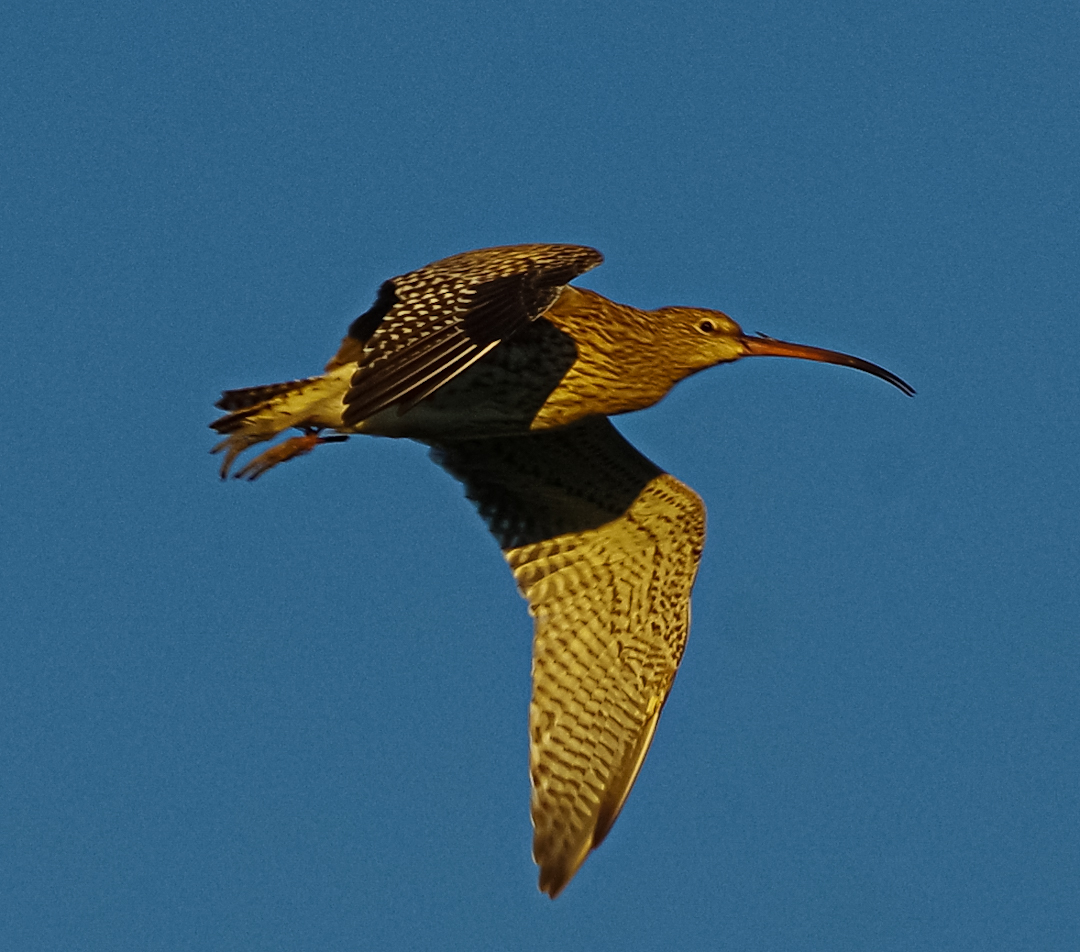
Other programmes and initiatives that run in parallel include the Irish Breeding Curlew EIP which operates at known breeding sites in Lough Corrib, Co Galway and the South Leitrim bogs and the national agri-environment programme, GLAS which provides financial assistance to farmers in areas where Curlews were recorded in the past decade. The aim of the programme is to encourage farmers to manage their lands in a Curlew-friendly manner. These programmes rely on cooperation from the farming community and include fencing off breeding habitats, avoiding machinery operations during the breeding season, and protecting the birds from predators as well as engaging with members of the public and supporting and educating landowners. According to the CCP Annual Report 2020, it describes the community cooperation by saying that “Some nests in silage fields were protected from silage harvesting or trampling by stock, all in close cooperation with the farmers/turf cutters. Signs were erected at sites to inform dogwalkers or other individuals to be mindful of breeding birds, so as to avoid undue disturbance.” Surveys have taken place in areas important to the Curlew by setting up Curlew Action Teams within dedicated geographical areas.
Since the establishment of the CCP in 2017, the populations have remained relatively stable. However, the species faces ongoing threats and pressures. The 2020 CCP Annual Report concludes by saying that greater intervention will be needed to address habitat loss and that wider environmental and landscape issues will need to be addressed long-term in conjunction with the local communities, farmers and landowners.
Images by Conor Rowlands
~~
References:
BirdWatch Ireland. 2019. Curlew – BirdWatch Ireland. [online] Available at: <https://birdwatchireland.ie/birds/curlew/> [Accessed 3 April 2021].
Npws.ie. 2020. Curlew Conservation Programme | National Parks & Wildlife Service. [online] Available at: <https://www.npws.ie/farmers-and-landowners/schemes/curlew-conservation-programme> [Accessed 3 April 2021].
Npws.ie. 2019. [online] Available at: <https://www.npws.ie/sites/default/files/general/curlew-task-force-recommendations.pdf> [Accessed 3 April 2021].
O’Donoghue, B.G., Donaghy, A. and Kelly, S.B.A. (2019). National survey of breeding Eurasian Curlew Numenius arquata in the Republic of Ireland, 2015–2017. Wader Study 126: 43-48.
Wildlifetrusts.org. n.d. Curlew | The Wildlife Trusts. [online] Available at: <https://www.wildlifetrusts.org/wildlife-explorer/birds/wading-birds/curlew> [Accessed 3 April 2021].
